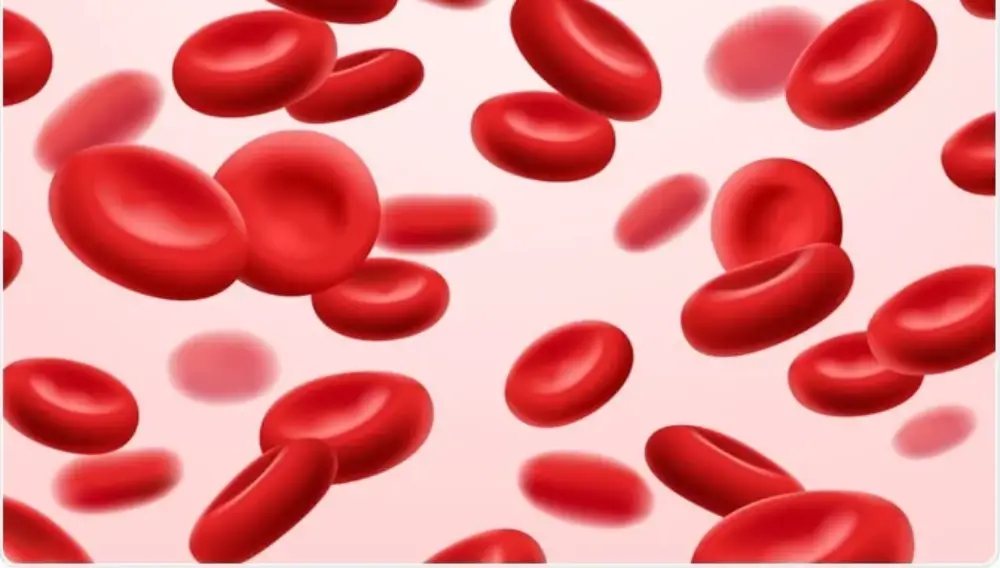Anemia Care Plan For Nursing Students: Anemia is a very common disease affecting one-third of the world’s population. It is caused by a deficiency of red blood cells in the blood. Anemia, like fever, is a sign that needs investigation to determine the underlying etiology. It is quantified by measuring RBC count, hematocrit, and hemoglobin concentration.
An anemia nursing care plan is a powerful tool for nurses to develop individualized care plans for patients with anemia. It outlines common nursing diagnoses, nursing goals, interventions, and evaluation criteria for anemia management. This care plan addresses the risk of impaired tissue perfusion, fatigue, and knowledge deficit related to anemia. In this care plan guide, you will learn how to provide care for a patient with anemia.
Anemia Care Plan Details
| Care Plan | Anemia |
| Cause | Deficiency of Red Blood Cells in the Blood. |
| Care Plan For | GNM & BSc Nursing |
| Nursing Plans | Assessment, Diagnosis, Planning, Implementation, and Evaluation |
| Care Plan Include | Identification of Risk Factors, and Patient’s Needs |
What is Anemia?
Anemia is a common disease in which the number of red blood cells or hemoglobin in the blood is abnormally low. This can lead to a lack of oxygen supply to tissues which results in fatigue, weakness, and other serious issues. Blood contains red blood cells and other blood cells. These red blood cells are special cells that help gas exchange and O2 delivery.
Types of Anemia and Causes
| Anemia Types | Causes |
| Iron Deficiency Anemia | Occurs in women with heavy menstruation, people who have a poor diet, etc |
| Vitamin B-12 Deficiency Anemia | Deficiencies in Vitamin B-12, or The inability to absorb Vitamin B-12. |
| Folic Acid Deficiency Anemia | Due to poor nutrition or malabsorption. |
| Aplastic Anemia | When bone marrow fails to produce red blood cells or due to infections and exposure to chemicals. |
| Autoimmune Hemolytic Anemia | Due to abnormal immune function leading to the destruction of red blood cells at a faster rate than the production of new cells |
Anemia Risk Factors
| Risk Factors | Result |
| Poor Diet | A poor diet can prevent the formation of new blood cells, leading to anemia. |
| Age | Individuals over 65 years old are at a higher risk for anemia |
| Menstruation | Women with heavy menstruation have a greater risk of anemia |
| Frequently Donating Blood | Donating blood frequently in a short period may not give the body enough time to produce new blood cells and cause anemia. |
Anemia Care Plan Example
In this part, you will find a detailed overview of a nursing care plan for anemia and its diagnosis.
| Identification Date | |
| Patient’s Name | Sultana Parveen |
| Birthday | 3rd January 1986 |
| Age | 37 Years |
| Sex | Female |
| Height & Weight | 145 cm & 157.5 lbs |
Example: A 37-year-old woman is admitted and looks fatigued and weak. The patient had headaches and could not breathe properly. After a nursing intervention, it was realized that the woman was suffering from anemia.
| Assessment | Nursing Diagnosis | Goal | Nursing Intervention | Rationales | Evaluation |
| Subjective Date: The patient says that she is easily fatigued.
Objective Date: The nurse observed the patient’s condition as evidenced by fatigue. |
Fatigue may be related to decreased hemoglobin and diminished oxygen-carrying capacity of the blood. | To reduce fatigue | 1. Access the condition of the patient.
2. Check the vital signs. 3. Provide comfortable position. 4. Give antipyretic drug as per the doctor’s order |
1. Access the condition of the patient.
2. Checked the vital signs like body temperature (101°F). 3. Comfortable position provided. 4. Antipyretic drugs have been given as prescribed by the doctor. |
The goal is achieved the patient now feels well. |
Anemia Care Plan Plan PDF Download
A nursing care plan is important for healthcare professionals. This helps them better understand the next steps and manage the symptoms of anemia patients. You can download the Anemia Care Plan PDF from the below link. From this pdf, you will get the exact idea about the care plan.
Conclusion
Hope this article on Anemia Care Plan and its Diagnosis is helpful for your nursing care plan project. If yes, please share it with others. If you have any questions or suggestions related to this topic, don’t hesitate to ask us.
Frequently Asked Questions (FAQs):
01. What are 3 Treatments For Anemia?
Ans: If you have anemia, you might need medication, blood transfusions, or bone marrow transplant.
02. Is Anemia a Diagnosis?
Ans: Yes, it is diagnosed when a blood test shows a hemoglobin rate of less than 13.5 gm/dl for a man and less than 12.0 for a woman.
03. What are the Symptoms of Anemia?
Ans: The symptoms of anemia include fatigue, feeling weakness, headaches, shortness of breath, dizziness/ lightheadedness, etc.
04. How to Prevent Anemia?
Ans: To prevent anemia you have to eat iron-rich foods including lean red meats, fish, dark green leafy vegetables, etc.




